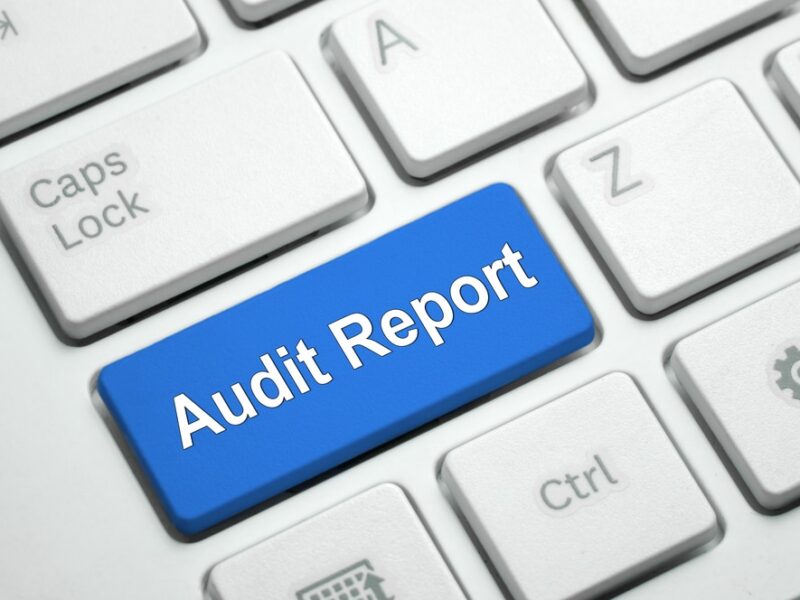One question I often get is what to do if a school district discovers an ongoing fraud. Fraud can be brought to a school district’s attention in one of several ways (see post titled Detecting School District Fraud). More than likely, it will be unearthed by an employee or other district stakeholder and communicated to the district through your fraud hotline.
Once fraud is reported, it is imperative for the district to address the allegations. In this article, I will outline the steps a district should take to initiate and conduct a thorough fraud investigation. Future posts will go into detail of each of the stages of the fraud investigation procedure.
VERIFY THE HOTLINE TIP
The first step is to read the hotline tip and determine of the allegation is reasonable. Sometimes this can be done by reaching out to the tipster to verify and clarify the information contained in the tip (if the tip is not anonymous) and then decide if there is enough evidence to commence an investigation.
ASSSEMBLE THE TEAM
If there is enough evidence to commence, then step two is to assemble the fraud team. The fraud team should consist of the members of your staff that are required to conduct the fraud investigation. This team should be limited to only those that are absolutely necessary to conduct a proper investigation. For time constraints and for confidentiality only those that are vital to the success of the investigation should participate. The members of the team may vary from fraud to fraud depending on the information required and expertise needed to conduct each investigation.
COLLECT THE EVIDENCE
Once the team is assembled, assignments are handed out and evidence is gathered. Evidence can take the form of electronic account records, written documents, email, personnel information, and even social media posts. The fraud team should have a good idea about the alleged fraudster, the department or campus where they work, and any other pertinent information that could help with the fraud investigation.
CONDUCT THE INTERVIEWS
After the evidence is collected, a list of individuals to interview should be created. This list will consist of the alleged fraudster, their supervisor, their coworkers, and any alleged collaborators in the fraud. The evidence also guides the team in developing interview questions to ask the interviewees. Interviews should be conducted in a timely manner, starting with the supervisor, then coworkers, collaborators and finally the alleged fraudster.
WRITE AND PRESENT THE REPORT
All the evidence and interview notes are then collected and assembled into a written report. This report tells the story of the alleged fraud, losses caused by fraud, and recommendations to put in place so something like this does not happen again. The report is then shared with the appropriate district shareholders. This usually includes human resources, the police department (if missing money and pressing charges), the superintendent, and the school board.
This in a quick overview is the basic steps included in a fraud investigation. In future posts, I will address each of these step s individually and in greater detail.
If your District needs training in school fraud detection, prevention, or investigation please contact me at anthony@edufraud.com


